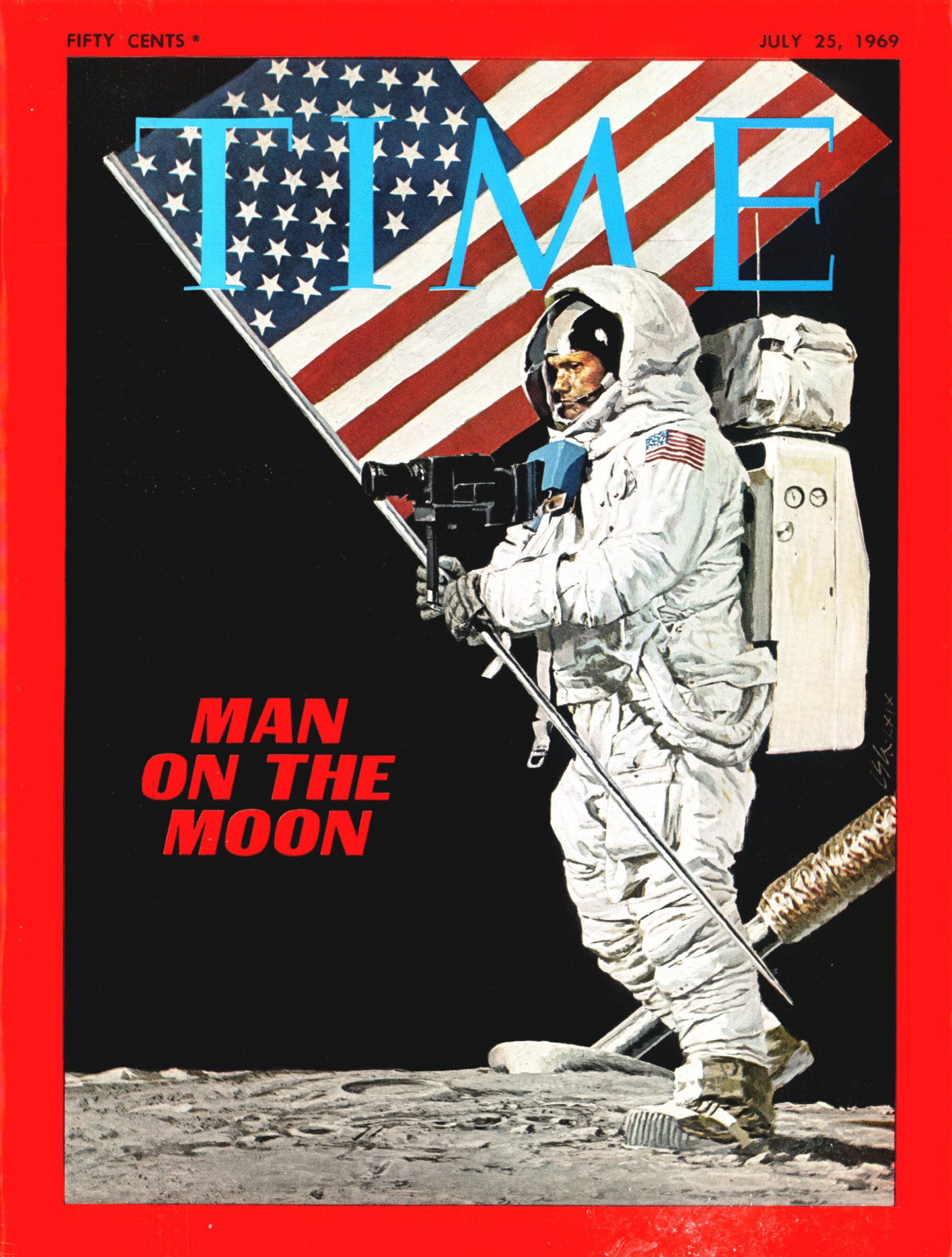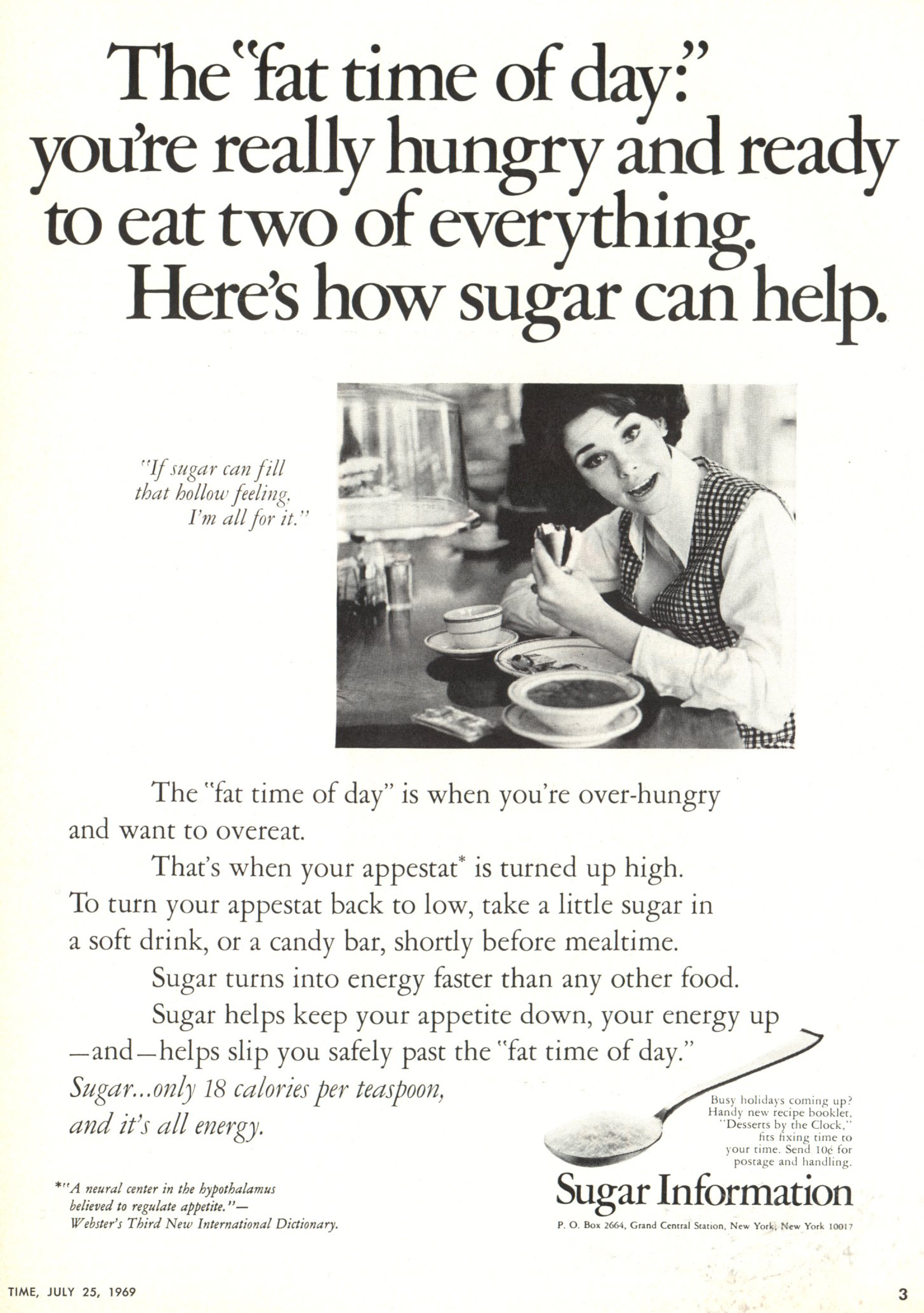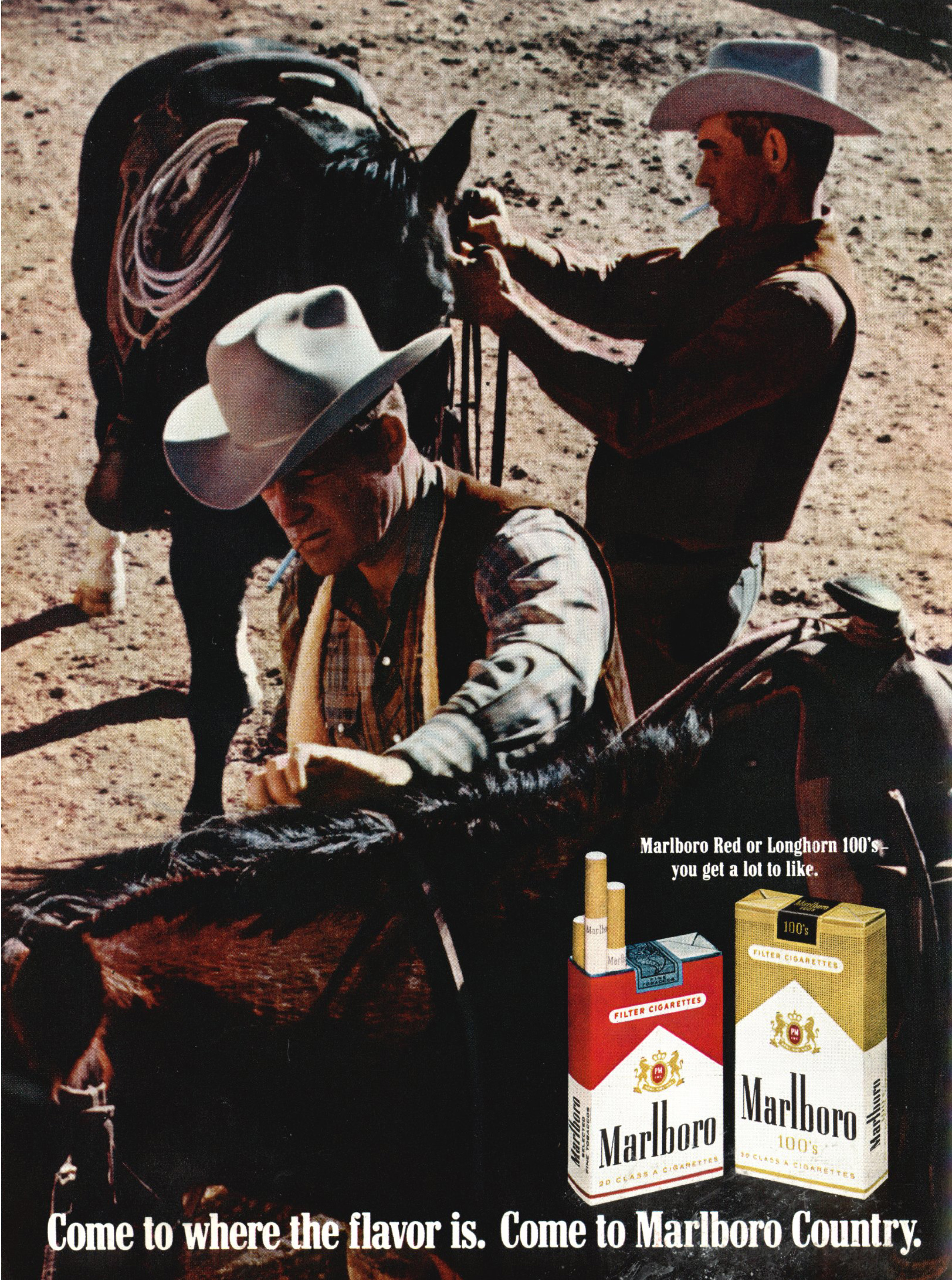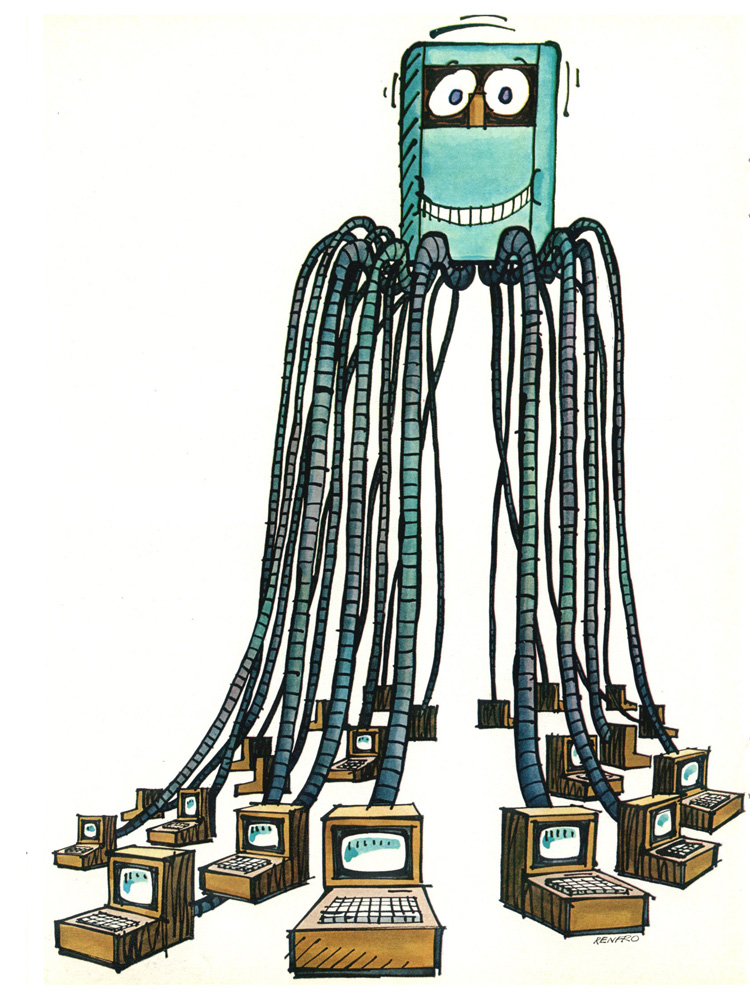
There’s always something grandiose about gazing back across the gulf of history. Today, we know so much about what was to come, and the people of the past knew so very little. It’s impossible to read through TIME’s July 25, 1969 issue—which was released 50 years ago this month and featured the epochal Apollo 11 moon-landing on its cover—and not indulge in some of that generational smugness. There is the good-news story about a lull in the fighting in Vietnam—a story that feels a lot less good when you know that the war would drag on for six more years and kill more than 15,000 additional American soldiers. There was the laudatory profile of Attorney General John Mitchell, the man nicknamed “Nixon’s heavyweight,” who would later come to be known less nobly as inmate number 24171-157, serving 19 months in prison for his part in the Watergate scandal.
There were the ads too—for sugar as a diet food (it can “turn your appestat back to low”), for Marlboro Longhorn 100’s, for RCA’s Octoputer, a computer mainframe that “works from way over here where you are to way over there where it is.” There was the story about the European Common Market, and the question of whether it would ever lead to a true European Union. (Answer: yes, sort of, eventually.) There was the speculation over what effect the Chappaquiddick accident, which occurred the same week as the moon landing, would have on Teddy Kennedy’s “nationwide constituency,” polite code for his Presidential prospects. (Answer: a bad one.) The folly of “the appestat,” the future of the computer, the bloody arc of Vietnam were all part of the unknowable future to the people of then and are just lines in the historical archives to the people of now.
But here’s the thing about those people, the ones who opened that edition of TIME two generations ago—that paper edition with its adhesive mailing label and its Louis Glansman acrylic painting of Neil Armstrong on the cover, which was the best color image of the moonwalk available since the Apollo 11 crew had not yet returned home with their hand-carried rolls of film that would still have to be taken to the lab for processing and then hand-distributed or sent by wire to the world: those people belonged to an age that could put human beings on the moon and you don’t.
They had achieved that momentous feat just days before TIME’s issue hit the stands and would do it again and again and again and again. They had gone from a standing start on a spit of land in eastern Florida in 1961 to the Sea of Tranquility in 1969, not only proving that the damned thing could be done, not only besting the Russians, who had long led the Space Race—the great meme of that pre-meme age—but making a war-torn, race-torn nation that had every reason to feel very, very bad about itself, feel, at least briefly, very, very good.
That the giddy forecasts that followed the mission never materialized—the boot prints on Mars in 1982, the 12-person space stations (“including the first American spacewoman,” TIME reported) by the 1970s—does nothing to diminish the thing that did happen. That thing happened two generations ago this summer, and it kept happening until 1972, when American astronauts left the moon for the last time—and for what has turned out to be a very long time. So hat tip to you, people of 1969; maybe we’ll grow up to be just like you.
When Man Met Moon




More Must-Reads from TIME
- Donald Trump Is TIME's 2024 Person of the Year
- TIME’s Top 10 Photos of 2024
- Why Gen Z Is Drinking Less
- The Best Movies About Cooking
- Why Is Anxiety Worse at Night?
- A Head-to-Toe Guide to Treating Dry Skin
- Why Street Cats Are Taking Over Urban Neighborhoods
- Column: Jimmy Carter’s Global Legacy Was Moral Clarity
Write to Jeffrey Kluger at jeffrey.kluger@time.com